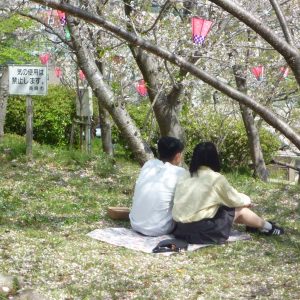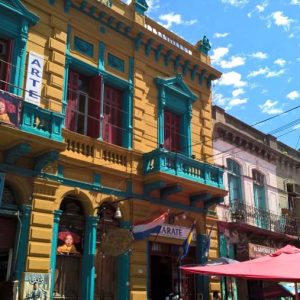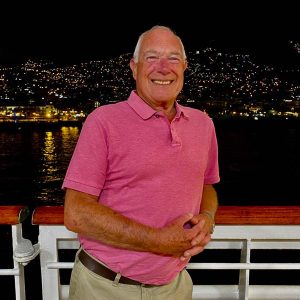In today’s hectic world which has turned many of us into workaholic robots, we might wish to re-examine our values and prioritise our health. There are great advances in modern medicine and general healthcare but many causes of diseases remain unresolved. There have always been critical discussions between modern medicine and traditional herbal treatment. This article takes a brief look into the Pandora’s Box that is Herbal Medicine.
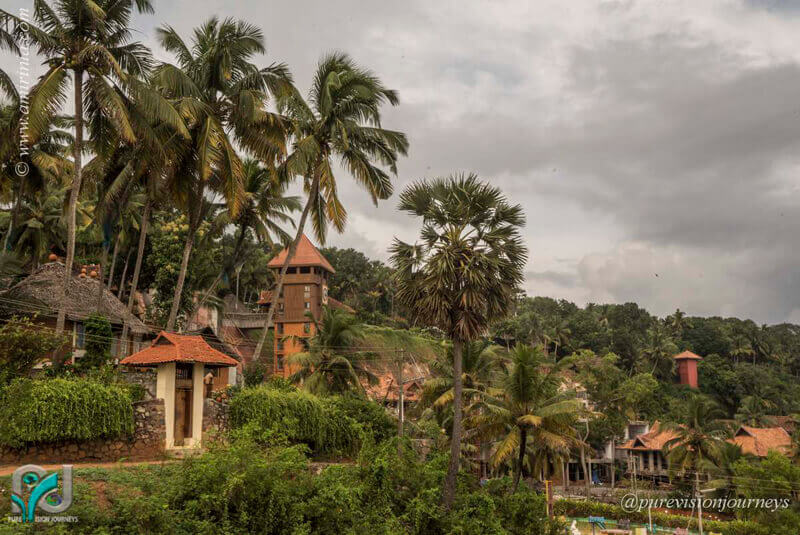 Herbal Medicine is very common throughout the Middle East and Asia. There are many herbal practitioners who work from a small shop with hundreds of different types of plants and herbal extracts. One of the most significant of these ancient types of medicine that’s still practised today, is to be found in India.
Herbal Medicine is very common throughout the Middle East and Asia. There are many herbal practitioners who work from a small shop with hundreds of different types of plants and herbal extracts. One of the most significant of these ancient types of medicine that’s still practised today, is to be found in India.
Indian traditional medicine, known as Ayurveda treatment, goes back over 5,000 years. It has become a recognised brand all over the world, thanks to the traditional pharmacological experts of India. Kerala in the Southwest of India is a mecca for Ayurveda treatments. Here is a land of spices, rich organic soil blessed with seasonal rainwater which contains the highest peaks in the western part of Southern India. This idyll is bound by the Arabian Sea and perfect for growing a variety of curing vegetables and plants.
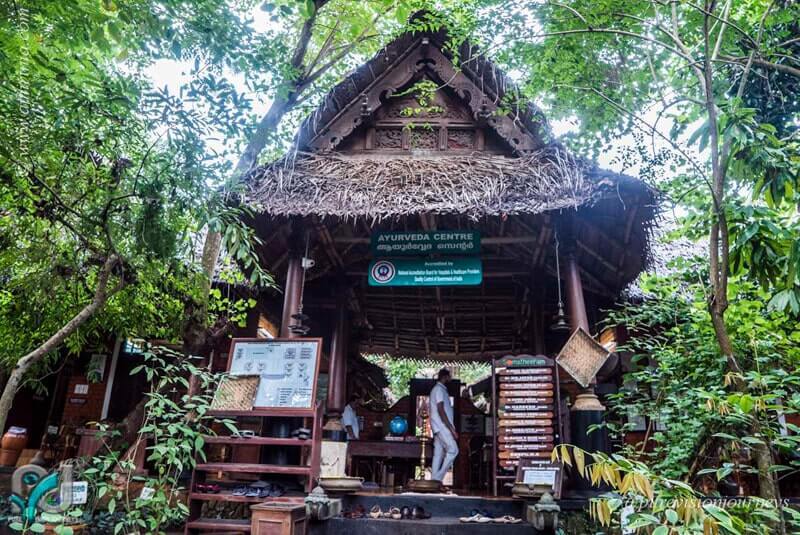 It was September 2018 when I first visited Kerala. I toured several Ayurveda resorts and hospitals during my visit. There was a lot to digest and understand about the philosophy and the practice behind the ancient therapies. I learned even more when I stayed at Somatheeram, an Ayurveda village, located along Kovalam beach on the west coast of Kerala, just 25 kilometres away from Trivandrum Airport. Somatheeram is not only a luxurious resort but also a health farm or, to be more precise, a hospital. The traditional health clinic is set in beautiful gardens full of flowers with a great variety of vegetables growing under lofty coconut trees. The accommodation, scattered in the hilly parts of the parkland, have been designed to resemble timber lodges and chalets with a native classical décor. The accommodation, all with ensuite bathrooms, offers a calm, comfortable and relaxing stay for visitors.
It was September 2018 when I first visited Kerala. I toured several Ayurveda resorts and hospitals during my visit. There was a lot to digest and understand about the philosophy and the practice behind the ancient therapies. I learned even more when I stayed at Somatheeram, an Ayurveda village, located along Kovalam beach on the west coast of Kerala, just 25 kilometres away from Trivandrum Airport. Somatheeram is not only a luxurious resort but also a health farm or, to be more precise, a hospital. The traditional health clinic is set in beautiful gardens full of flowers with a great variety of vegetables growing under lofty coconut trees. The accommodation, scattered in the hilly parts of the parkland, have been designed to resemble timber lodges and chalets with a native classical décor. The accommodation, all with ensuite bathrooms, offers a calm, comfortable and relaxing stay for visitors.
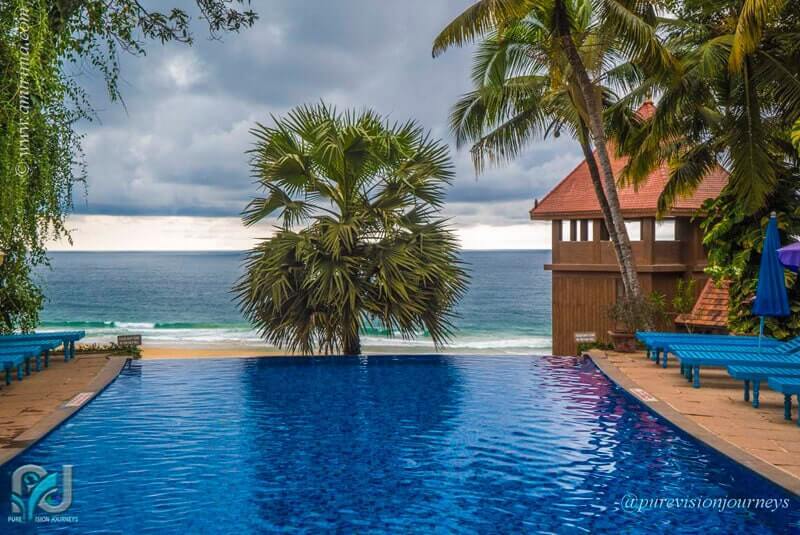 The Somatheeram Resort is not only a holiday destination, but also a little paradise for rejuvenation and balancing your body. In the resort, you are given a daily traditional oil massage complemented with a special diet of vegetarian dishes and yoga classes for beginner up to advanced levels. You could relax by the pool, enjoy a swim or make your way down to the long sandy beach to test the temperature of the ocean.
The Somatheeram Resort is not only a holiday destination, but also a little paradise for rejuvenation and balancing your body. In the resort, you are given a daily traditional oil massage complemented with a special diet of vegetarian dishes and yoga classes for beginner up to advanced levels. You could relax by the pool, enjoy a swim or make your way down to the long sandy beach to test the temperature of the ocean.
For my four days stay at Somatheeram, I had a daily two-hour treatment. To begin with I was dressed in a green gown to meet an Ayurveda doctor and nurses in white uniform who carried out my initial examination. This was followed by the prescribed treatments administered by two male masseurs in brown uniforms.
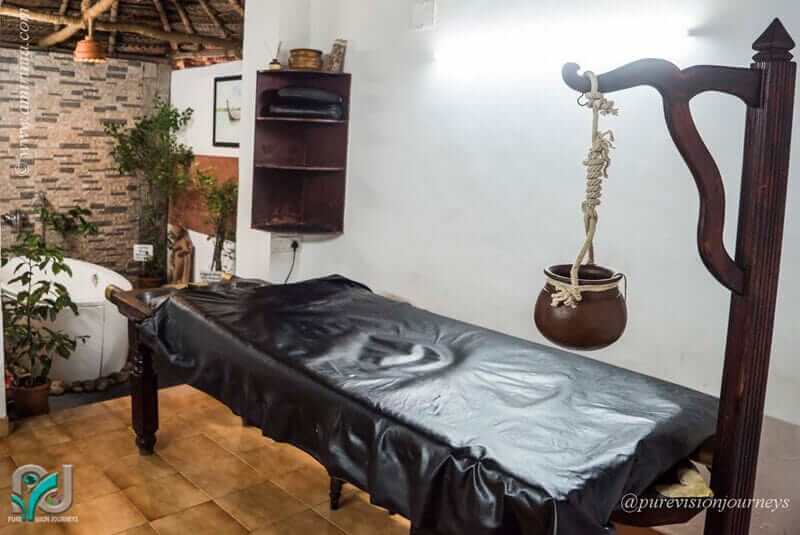 Ayurveda means ‘the science of life’ and is derived from two words Ayur (Life) and Veda (Science). This ancient science works on the knowledge of a fundamental relationship between body and mind. It looks deeply at the balance of our anatomy and body chemistry with the floating energy in the universe. The Ayurveda principals are based on three Doshas (the fundamental functions in balancing the body). These Doshas which form five elements of energy in the universe are: VATHA (Air and Space), which constitutes the bodily movement and activities, PITA (Fire), which constitutes the entire biomedical process in the body and KAPHA (Water and Earth), which defines the entire physical volume in a living organism.
Ayurveda means ‘the science of life’ and is derived from two words Ayur (Life) and Veda (Science). This ancient science works on the knowledge of a fundamental relationship between body and mind. It looks deeply at the balance of our anatomy and body chemistry with the floating energy in the universe. The Ayurveda principals are based on three Doshas (the fundamental functions in balancing the body). These Doshas which form five elements of energy in the universe are: VATHA (Air and Space), which constitutes the bodily movement and activities, PITA (Fire), which constitutes the entire biomedical process in the body and KAPHA (Water and Earth), which defines the entire physical volume in a living organism.
One’s health or disease depends on the balance of these Doshas. Seasonal fluctuations, anxiety, contradictory activities and diets can also contribute to the imbalance of Doshas and lead to disease. An Ayurveda doctor would pursue an investigation regarding the main causes of any disease or disorder based on the principle elements of Doshas. This would guide them to suggest a treatment plan and recommend the correct diet.
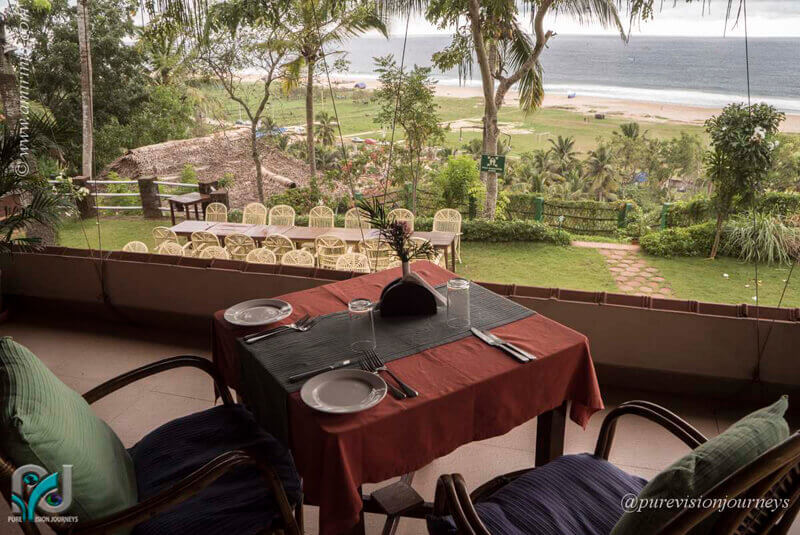 My first treatment was traditional Panchakarma, a two-hour oil massage over a special wooden massage bed, called Dhroni Dharapathi. The procedure was not really massaging the muscles, rather rubbing herbal oils all over the body with four hands. Then I was offered a steam bath in an enclosed wooden box. The aim of the procedure is to remove all toxics from the body. A planned vegetarian diet is a fundamental complement to the procedure in order to refresh the body. The Somatheeram restaurant offers a variety of Indian dishes to fulfil that requirement.
My first treatment was traditional Panchakarma, a two-hour oil massage over a special wooden massage bed, called Dhroni Dharapathi. The procedure was not really massaging the muscles, rather rubbing herbal oils all over the body with four hands. Then I was offered a steam bath in an enclosed wooden box. The aim of the procedure is to remove all toxics from the body. A planned vegetarian diet is a fundamental complement to the procedure in order to refresh the body. The Somatheeram restaurant offers a variety of Indian dishes to fulfil that requirement.
There are a wide variety of other Ayurveda treatments which are particularly suitable for the over fifties. During this Covid-19 pandemic, Somatheeram Ayurveda Resort Village has been offering weekly online presentations to inform those who are interested about the treatment programs and yoga sessions.
I plan to delve deeper into the ancient science of Ayurveda as I hope to return to Somatheeram for further treatments once the current travel restrictions are lifted. Why not visit Kerala and see for yourselves the wonders that await you there?
More information
For more information about Somatheeram Ayurveda Village, visit somatheeram.net
To see more of Reza’s images of Somatheeram, go towww.amirinia.com/india.
Images and story © Mohammed Reza Amirinia

